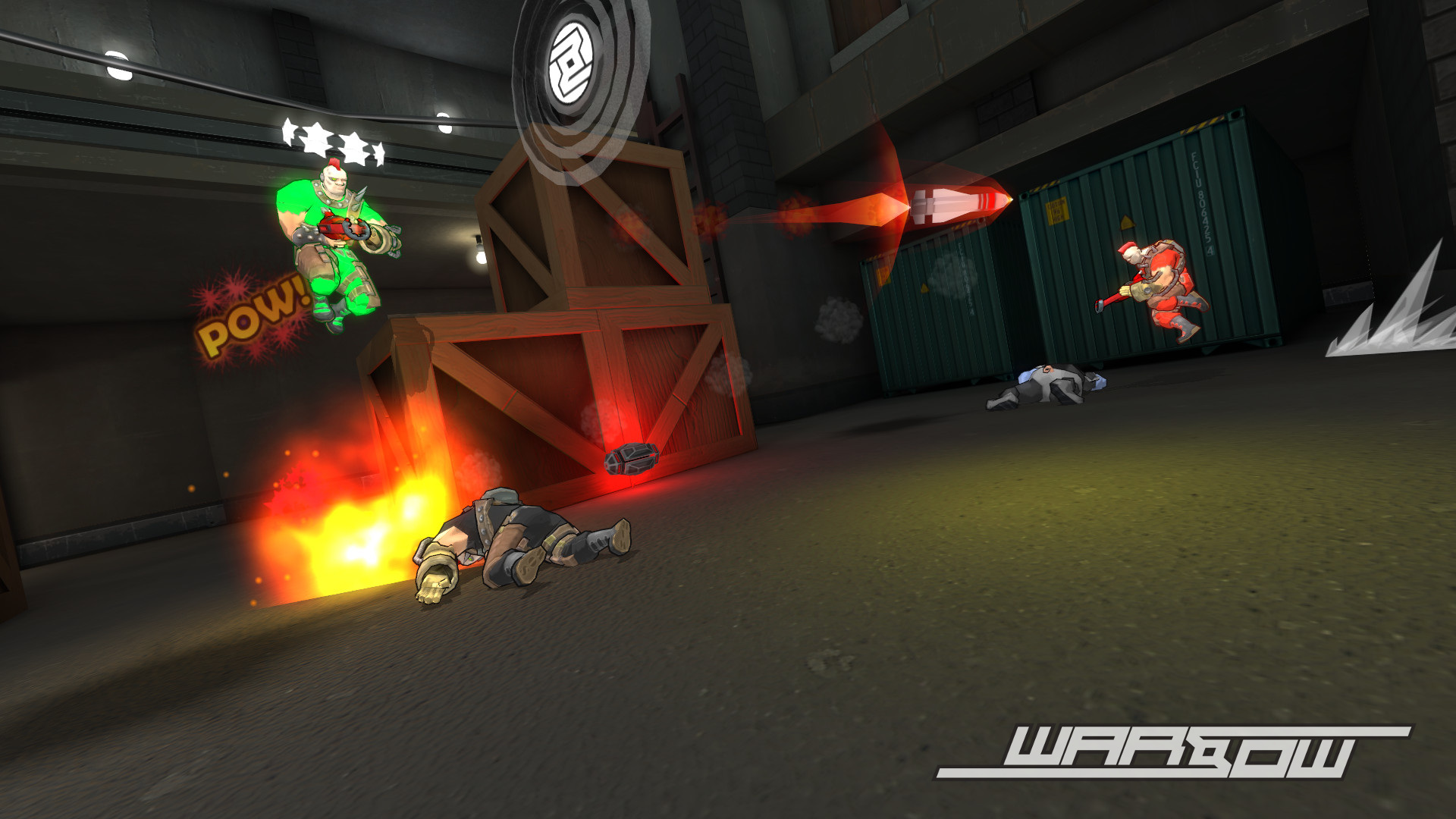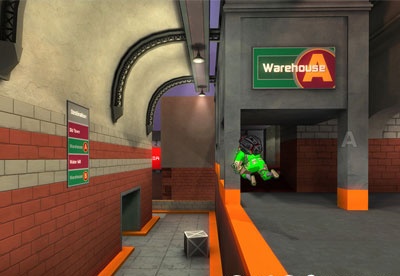
Warsaw for your waistlineįood in Warsaw is hearty and tailored toward meat eaters.
#WARSOW PIGS FULL#
The Okopowa Street Jewish Cemetery is also an interesting place to visit, dating back over 200 years and full of ornate tombs. The Museum of the History of Polish Jews, opened in 2014, covers 1,000 years of Jewish history in the country, including the dark days of World War Two.

The Warsaw Rising Museum charts the brave but ill-fated uprising against Nazi occupation in 1944 – it’s brilliantly curated and gives a glimpse into the courage of the locals during this period. Poles are keenly aware of their history, and there are several museums dedicated to events surrounding World War Two. From here you can look out at the more modern Warsaw growing beneath you – from the stunning glass roof of the Zlote Tarasy shopping mall to the quirky Neon Museum, which gathers vintage neon signs erected during the Communist years. It now contains museums and cinemas, along with a 30 th floor observation deck that is a must-see. This was built during Soviet Occupation as a gift of friendship from Stalin, and is the tallest building in all of Poland. It’s a focus for much national pride – which can’t be said for the Palace of Culture and Science, about which many locals are ambivalent at best. Highlights are the Throne Room and the Canaletto Room, the latter boasting over 20 of the artist’s works. The current version is a detailed and lavish recreation with rooms decorated in styles from different centuries. There was a Royal Castle in Warsaw in the 14 th century and, while it took on many different shapes and uses as the Russians came and went, it was completely destroyed by the Germans during World War Two. Whether you want to explore Polish history, simply soak up some culture or stroll in a gorgeous park, you’ll find it all in Warsaw. Where once there was rubble, now there is beauty. The rebuilding of Warsaw after World War Two, and the fact that it escaped the brunt of the recent worldwide economic downturn, means that there’s a freshness and vibrancy to the city, with plenty of investment. It’s also a very well-connected city, with the E30 leading west to Lodz and Poznan, the E77 north to Gdansk and the coast, or south to Krakow, the E67 north-east to Bialystok and the E372 south to Lublin, and then on to the border with Ukraine. There are numerous bridge crossings in the city, including one near the Old Town. The plan is for them to eventually meet in the east.

You’ll also find paid parking lots in popular areas such as at Plac Krasinski near the Old Town.Ī ring road is currently under construction within Warsaw, although you can bypass much of the city center if you wish to by taking the S2 to the south and south-west of the city, or the S8 to the north and north-west.
#WARSOW PIGS FREE#
After that, it’s largely free to park across the city, as it is on Saturdays, Sundays and public holidays. In central Warsaw, you’ll have to pay to park from 8am to 6pm. You can find a handy guide to other rules of road in both Warsaw and Poland online. Limits outside the towns vary and are clearly signposted, with a top speed on freeways of 85mph, and don’t forget to use dipped headlights during the day. Between 11pm and 5am, it increases to 35mph. Between 5am and 11pm, the maximum speed in built-up areas is 30mph. Speed limits can vary by time of day in both Warsaw and other Polish towns and cities. Poland’s roads were not always in the best condition, but they’ve improved rapidly after the country became part of the European Union, and you’ll find you’re able to get around easily. Warsaw sits towards the east of Poland, with the famous Vistula River flowing through it.


 0 kommentar(er)
0 kommentar(er)
